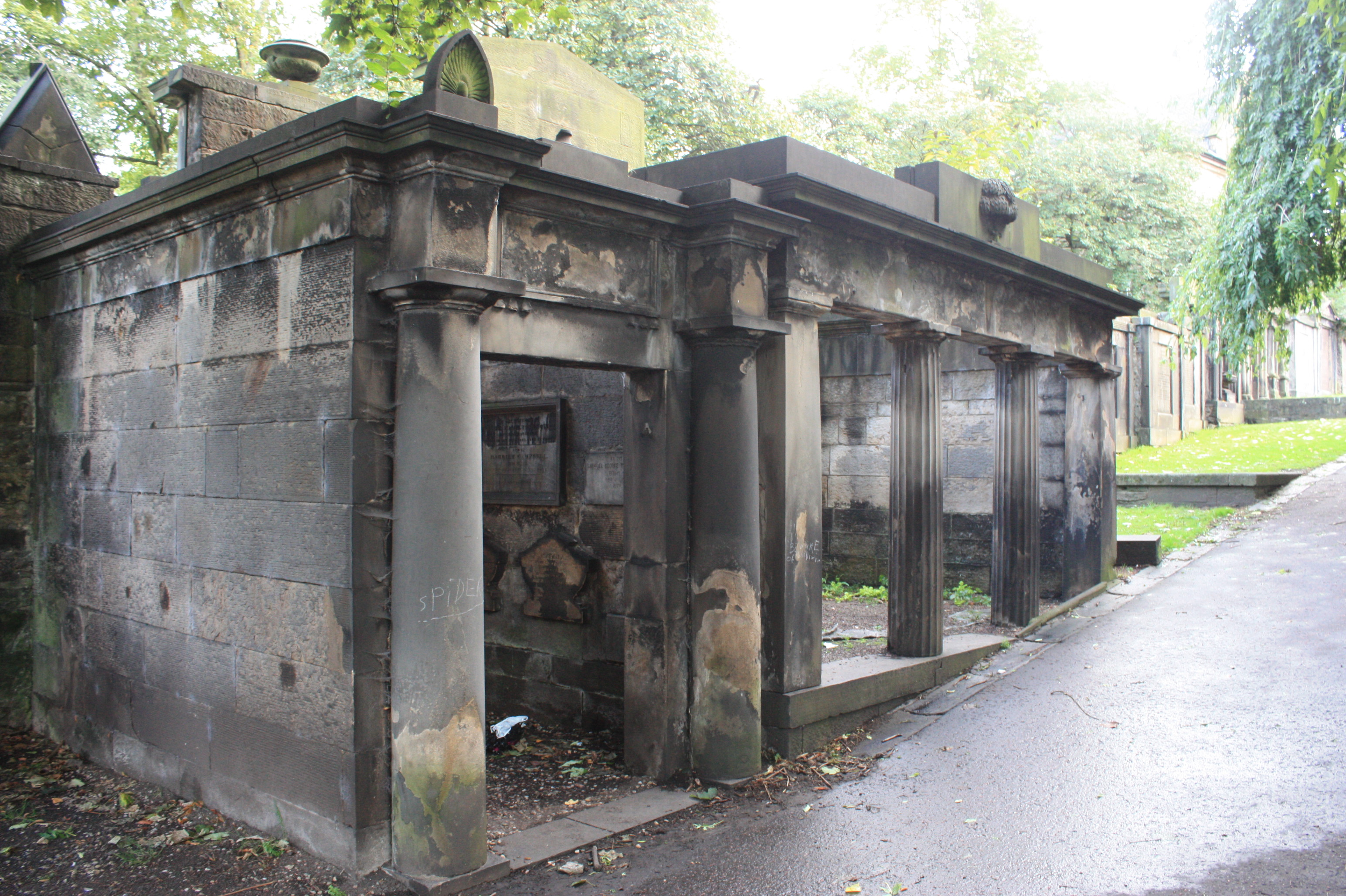Alexander Hamilton (Scottish physician) on:
[Wikipedia]
[Google]
[Amazon]
Alexander Hamilton FRSE
 He was born in
He was born in
FRCSE
The Royal College of Surgeons of Edinburgh (RCSEd) is a professional organisation of surgeons. The College has seven active faculties, covering a broad spectrum of surgical, dental, and other medical practices. Its main campus is located on ...
FRCPE
The Royal College of Physicians of Edinburgh (RCPE) is a medical royal college in Scotland. It is one of three organisations that sets the specialty training standards for physicians in the United Kingdom. It was established by Royal charter ...
(1739–1802) was a Scottish physician. He was a co-founder of the Royal Society of Edinburgh in 1783. He was one of the first persons to recognise that puerperal fever was infectious. He was professor of midwifery at the University of Edinburgh
The University of Edinburgh ( sco, University o Edinburgh, gd, Oilthigh Dhùn Èideann; abbreviated as ''Edin.'' in post-nominals) is a public research university based in Edinburgh, Scotland. Granted a royal charter by King James VI in 15 ...
.
Life
 He was born in
He was born in Fordoun
Fordoun ( gd, Fordun) (Pronounced "For-Dun") is a parish and village in Aberdeenshire, Scotland. Fothirdun (possibly "the lower place"), as it was historically known, was an important area in the Howe of the Mearns. Fordoun and Auchenblae, to ...
in Kincardineshire
Kincardineshire, also known as the Mearns (from the Scottish Gaelic meaning "the Stewartry"), is a historic county, registration county and lieutenancy area on the coast of northeast Scotland. It is bounded by Aberdeenshire on the north and ...
in 1739, the son of a retired army surgeon. He studied medicine at the University of St Andrews
(Aien aristeuein)
, motto_lang = grc
, mottoeng = Ever to ExcelorEver to be the Best
, established =
, type = Public research university
Ancient university
, endowment ...
. He began practising as a surgeon in 1762 at the Edinburgh Royal Infirmary
The Royal Infirmary of Edinburgh, or RIE, often (but incorrectly) known as the Edinburgh Royal Infirmary, or ERI, was established in 1729 and is the oldest voluntary hospital in Scotland. The new buildings of 1879 were claimed to be the largest v ...
. In 1758 he began as Dr John Straiton's assistant In 1780 he began lecturing in midwifery at the University of Edinburgh
The University of Edinburgh ( sco, University o Edinburgh, gd, Oilthigh Dhùn Èideann; abbreviated as ''Edin.'' in post-nominals) is a public research university based in Edinburgh, Scotland. Granted a royal charter by King James VI in 15 ...
alongside Dr Thomas Young becoming a full professor in 1783. He had two houses: Blandfield House (a large mansion between Edinburgh
Edinburgh ( ; gd, Dùn Èideann ) is the capital city of Scotland and one of its 32 council areas. Historically part of the county of Midlothian (interchangeably Edinburghshire before 1921), it is located in Lothian on the southern shore of t ...
and Leith
Leith (; gd, Lìte) is a port area in the north of the city of Edinburgh, Scotland, founded at the mouth of the Water of Leith. In 2021, it was ranked by ''Time Out'' as one of the top five neighbourhoods to live in the world.
The earliest ...
) and a townhouse at St Andrew Street in the city.
In 1773 he was elected a member of the Aesculapian Club
The Aesculapian Club of Edinburgh is one of the oldest medical dining clubs in the world. It was founded in April 1773 by Dr. Andrew Duncan. Membership of the Club is limited to 11 Fellows of the Royal College of Physicians of Edinburgh ...
. He was Deacon of the Incorporations of Surgeons in 1776. In 1791 he founded the Edinburgh Lying-In Hospital.
He resigned his professorship in 1800 and died on 23 May 1802 at his home at 1 St Andrew Street in Edinburgh's New Town
The New Town is a central area of Edinburgh, the capital of Scotland. It was built in stages between 1767 and around 1850, and retains much of its original neo-classical and Georgian period architecture. Its best known street is Princes Stree ...
. He is buried in St Cuthberts Churchyard at the west end of Princes Street. He lies in a large family vault to the south-east of the church, close to the entrance to Princes Street Gardens.
Publications
see *''Elements and Practice of Midwifery'' (1775) *''A Treatise of Midwifery'' (1780) *''Outlines of the Theory and Practice of Midwifery'' (1784) *''Smellie's Anatomical Tables'' (1786) *''Treatise on the Management of Female Complaints'' (1792)Family
His wife was named Katherine. His sons included Prof James Hamilton FRSE (1767-1839) and Rev Henry Parr Hamilton FRSE (1794-1880).https://www.rcpe.ac.uk/sites/default/files/notablefellows_1.pdfReferences
{{DEFAULTSORT:Hamilton, Alexander 1739 births 1802 deaths People associated with Edinburgh Fellows of the Royal Society of Edinburgh Scottish non-fiction writers Alumni of the University of St Andrews Academics of the University of Edinburgh Presidents of the Royal College of Surgeons of Edinburgh